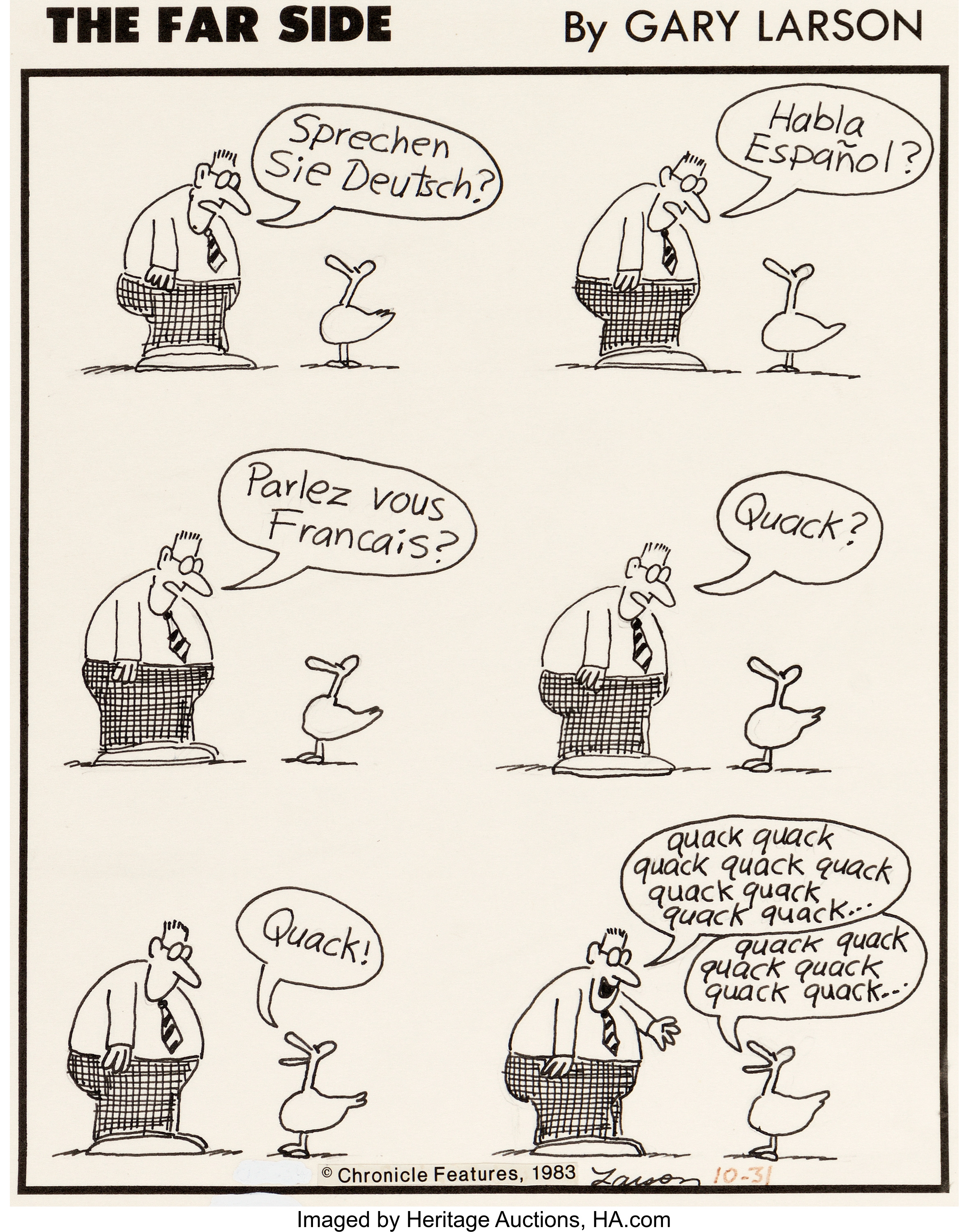A George Segal Bronze Could Sell For $150,000 at Freeman’s

What you see: Woman in White Wicker Rocker, a 1985 limited edition bronze by George Segal. Freeman’s estimates it at $100,000 to $150,000.
Who was George Segal? He was an American painter and sculptor known for rendering human figures in white, giving them something of a ghostly appearance. He worked in bronze and plaster, and he is credited with being the first to use plaster bandages as a sculptural medium. He created everyday scenes of people riding a bus, waiting for subway trains, and crossing streets, and he made works that memorialized the Holocaust and commemorated LGBT rights. Segal died in 2000 at the age of 75.
The expert: Anne Henry, senior specialist of modern and contemporary art at Freeman’s.
How often do George Segal works come up at auction? Regularly. He did a lot of editioned works in multiples. There have been between 20 and 30 works at auction per year in the last few years.
George Segal made Woman in White Wicker Rocker in 1985, relatively late in his life. Does that matter? This [sculptures dating to the mid- to late 1980s] is right in where you want to be for works that bring consistently strong prices. It’s in the sweet spot of his career.

Woman in White Wicker Rocker features a seated figure. How does the George Segal bronze compare to his other works depicting people sitting? He did a lot of seated figures. A lot of his iconic sculptures feature benches and chairs. He seems to return to positions of waiting or pausing, maybe capturing [the figures] in thought and inviting us to do the same. Here, the woman’s position is very relaxed. The wicker chair implies summertime and the outdoors. It conveys serenity and relaxation.
This is a bronze and not a plaster. Does that matter? I think it does matter in a practical sense, and it physically matters. Bronze is heavy and weighty. It feels more permanent than plaster. In terms of whether it would be more desirable to collectors, that’s tough to say. A plaster Woman on Wicker Chair was offered in March and it failed to sell. It was similar [to the bronze] and it was unique. Our estimate is lower than the estimate for the unique one. It will be interesting to see how the bronze does. The highest prices out of the top five [at auction for George Segal] are all bronze but two, but it’s important to note that the medium is not the only factor. Four out of the five had multiple figures. The fifth was a lone figure in the subway.
Do we know who the model or models were for the George Segal bronze Woman in White Wicker Rocker? He almost always used friends and family. His wife, Helen, frequently modeled for him, and it’s quite possibly her likeness.

The woman has a slight smile on her face, while other George Segal figures… don’t. Does that matter here? Is Woman in White Wicker Rocker more attractive to collectors because of her smile? Part of the appeal of all his works is their mysteriousness. You don’t really know what’s going on in the moment of waiting or relaxing [that he depicts], and you don’t know what’s going on in their heads. I think some collectors might find the slight smile more appealing, but some might seek out the tension that’s visible in other works. Segal does cover a wide range of subtle feelings. I don’t know that one is more desirable than another. The mystery is always there. That’s what he shoots for.
Will the Freeman’s offering be the first time that Woman in White Wicker Rocker has gone to auction? No, it’s not a debut. The last one was up in November 2012 and it brought $170,000. There were not too many others before that. An edition of five is nice and small. You wouldn’t expect to see other results.
The George Segal bronze is fresh to market. How does that affect its desirability? It’s been privately owned for 30 years, and it was bought from the gallery close to the date of execution. That’s something that collectors hope to see. And only one other has been offered at auction. That shows it’s relatively rare on the open market.
How much does the George Segal bronze weigh? We don’t know, but I can tell you that it took four very strong crew members to lift it. It’s not something one or two people can pick up. It’s quite heavy.

What is the George Segal bronze like in person? There’s a feeling of relaxation, and because it’s a life size work, it feels very realistic and approachable. But because you can’t make eye contact with it, there’s ambiguity and mystery about it. It feels as if the figure is ultimately in her own psychological space. You feel her feeling of relaxation, but you’re not 100 percent invited to interact with her. The environment she’s in feels private. That’s what I like about George Segal’s work–it’s open to interpretation. The answers are not all there, which I think is interesting.
How to bid: George Segal’s Woman in White Wicker Rocker is lot 5 in 18 Works from the Bachman Collection, which takes place at Freeman’s on June 4, 2018.
How to subscribe to The Hot Bid: Click the trio of dots at the upper right of this page. You can also follow The Hot Bid on Instagram and follow the author on Twitter.
Freeman’s is on Twitter and Instagram as well.
The George and Helen Segal Foundation has a website.
Image is courtesy of Freeman’s.
Would you like to hire Sheila Gibson Stoodley for writing or editing work? Click the word “Menu” at the upper right for contact details.




